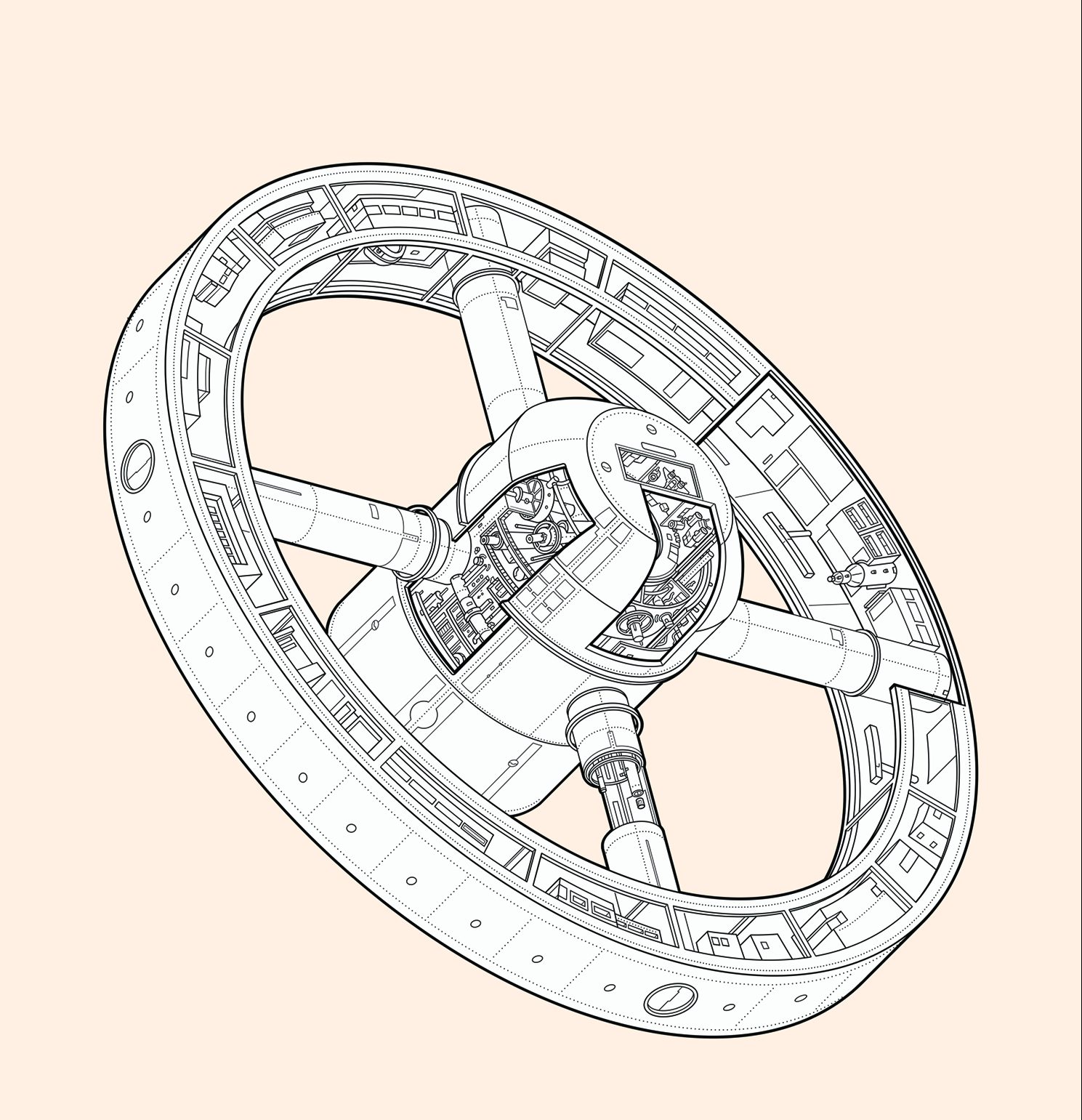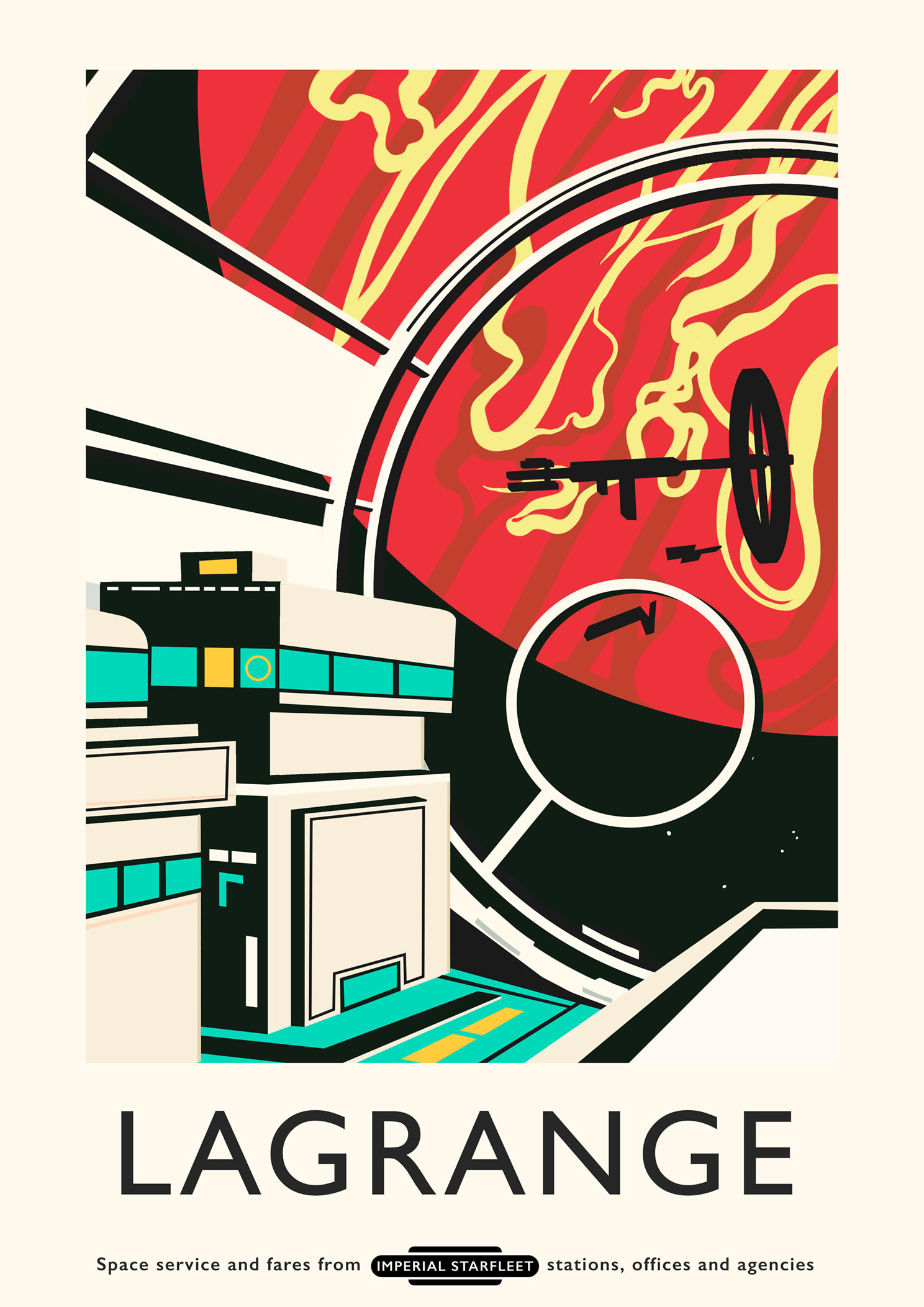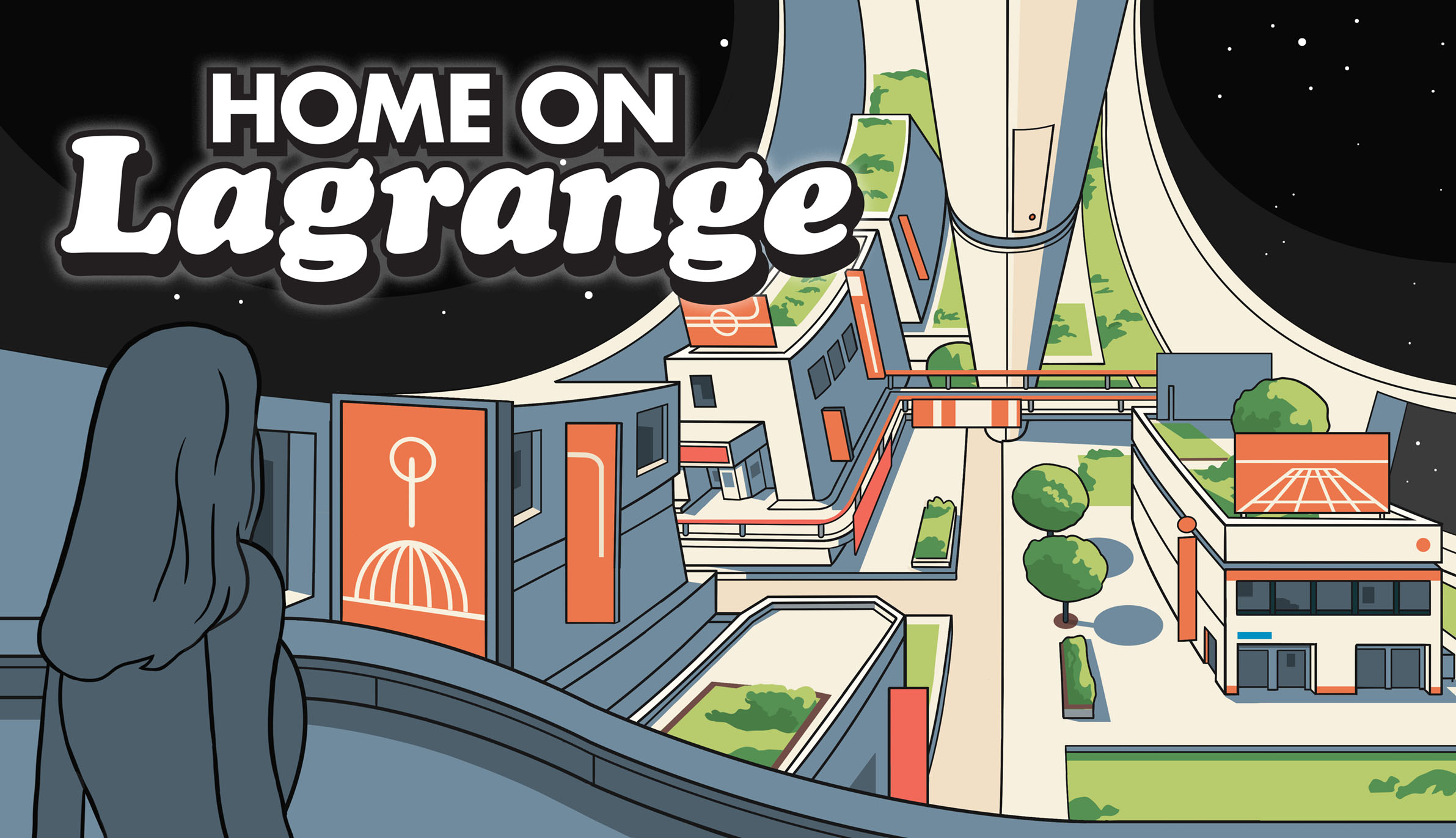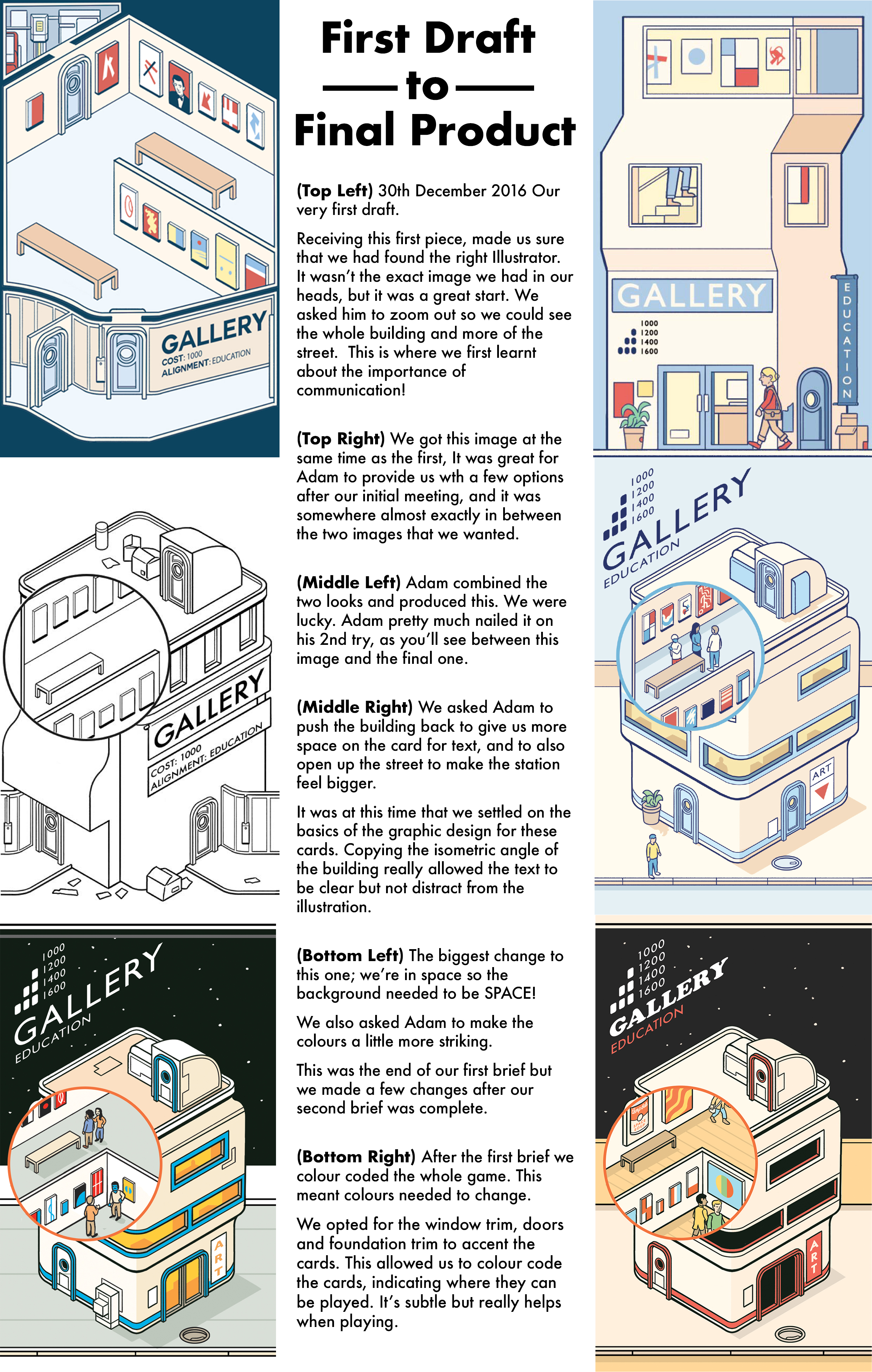It’s been just over a year now since myself (Jordan) and Callum, started working on our new card game, ‘Home on Lagrange’ and in that time we’ve learnt a lot.
Lets start at the beginning.
It’s October 2016, we’d both been recently working through the entire back catalogue of the 99% Invisible podcast. We had almost caught up when we listened to this; https://99percentinvisible.org/episode/home-on-lagrange/ and it clicked, there’s a game in there somewhere. Who doesn’t want to live in space? Who doesn’t want to be aboard a grand space colony like those seen in Elysium and Interstellar? Probably lots of people, but surely some might fancy venturing into the deep chasm of space with us?
We packed away the games we were playing, grabbed some paper and started figuring out how this could all work.
By early December we had a game that functioned, there were still kinks that needed ironing out, but you could sit down and play it. We asked a friend, Adam (now our illustrator), to test it with us.

Callum knew Adam through his wife as they worked together. We had seen and loved his work, and as a bonus, he loved playing board games! After that first demo in the pub, Adam immediately pulled his notebook out and started sketching, asking us questions about how the game worked, and how we wanted it to look.

We had found the right guy for the job!
It was our first time involving someone else in the process which was quite daunting. Luckily Callum and I had a good working relationship and (for the most part) communicate very well together. We both knew freelancers and have heard their frustrations about working with clients and we really wanted to avoid this if possible. So we set some ground rules to follow.
-
- Ask the person you’re working with how they prefer to communicate, (email, skype, phone or in person) then do it that way.
-
- Make sure you’re on the same page. How many edits are you allowed, find out what a realistic deadline is and be patient.
-
- Don’t leave things unsaid. If you leave it till later all it’s going to double the amount of work and will increase the work and the bill.
-
- When giving feedback be specific. Don’t say things like, “I think I’d like it to feel more edgy” spend time yourself figuring out what you actually mean and then communicate this. Annotate things, draw on things, make it clear what you want, like and don’t like.
- Be respectful. Respect the fact that they can’t do edits for you indefinitely and that this is their job, their livelihood and they probably have many other projects with their own deadlines.
Following these rules has led to a great working relationship with Adam. I’m sure there have been the odd frustrations here and there but hopefully he feels the same way as we have, we’ve loved working with him.



We decided to get Adam involved early, because;
1. We were excited and wanted to see the thoughts in our heads materialise in illustration.
2. It helps to spread the cost of the illustration out over the year.
3. Understanding how the illustration worked helped to direct us when designing the game, leading to cohesive design choices that marry the game mechanics to the design.
perhaps it’s through reflection that I’ve realised how big of an influence Adam’s work has had on the game
Maybe that last point is giving us too much credit and perhaps it’s through reflection that I’ve realised how big of an influence Adam’s work has had on the game. However, we would definitely like to continue involving artists and illustrators early in the design process.
We sent our first brief to Adam 29th of December 2016 and the NEXT DAY he sent us the first piece of work back! He is amazing. He completed the 2nd brief while on a 10 hour plane journey and that brief was a lot larger than the first. He has constantly impressed us throughout the whole process!
It’s safe to say that in working with Adam we’ve been really lucky. His standard of work is fantastic, his turn around times have been excellent and he just seems to get us. We could not have wished for a better illustrator on our first project, and we’re truly grateful for his work, and super excited for all the work left to do.

The kickstarter is live, and you can check it out here https://www.kickstarter.com/projects/grizzlygames/home-on-lagrange/
Thanks for reading and if you have any questions or just want to chat drop us a message on info@grizzly.games

Big thanks to Callum and Jordan for sharing their designer diary and about the collaboration with the artist! And thanks for all that tune in. If you also got a story to share about the art in game development don’t hesitate to contact me. Next up is the Story about Burning Rome by Emil Larsen.
– Niklas



